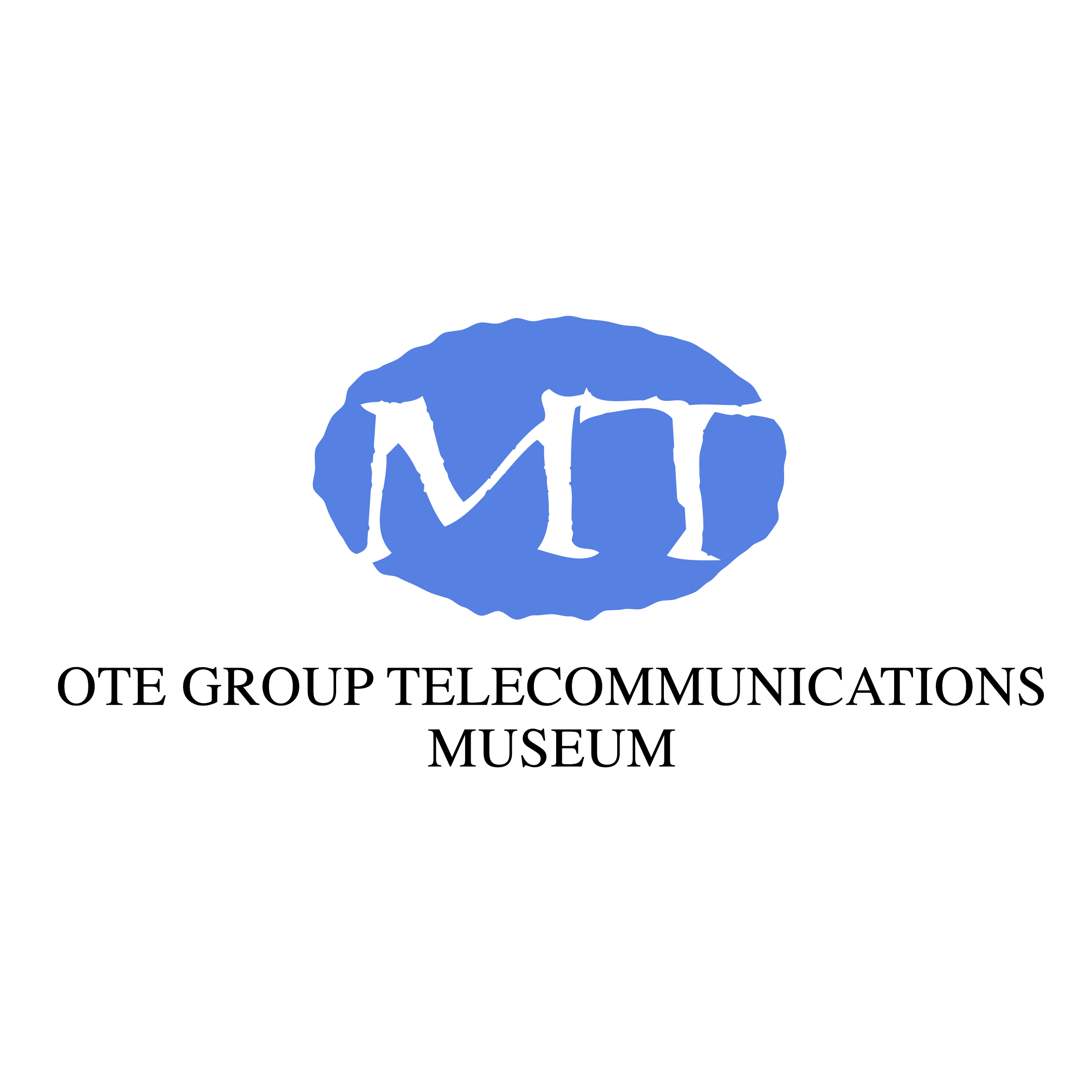This item is provided by the institution :
 /aggregator/portal/institutions/OTE
/aggregator/portal/institutions/OTE
Repository :
Collections of the OTE Group Telecommunications Museum
